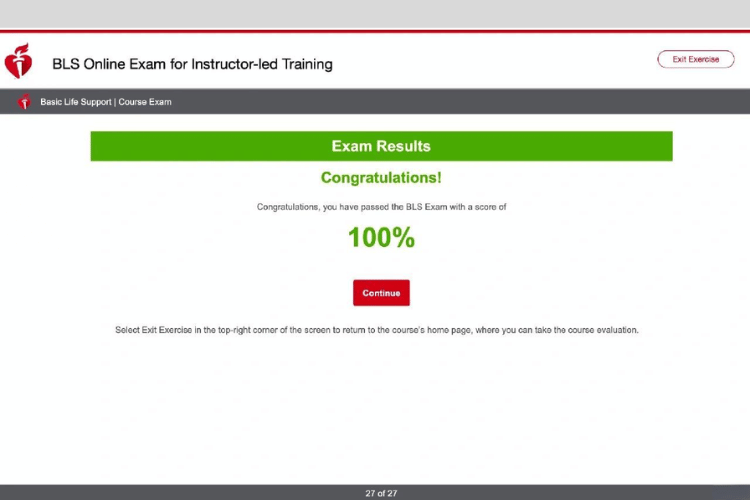
Cardiopulmonary resuscitation (CPR) and Basic Life Support (BLS) certifications are essential for healthcare professionals, first responders, and even everyday citizens who want to be prepared for emergencies. The American Red Cross is one of the most trusted organizations providing these life-saving certifications, ensuring that individuals are trained to respond effectively to cardiac arrests, choking incidents, and other medical crises.
While many people recognize the importance of CPR and BLS training, few understand the specifics of certification lookup—how to verify credentials, check expiration dates, and ensure compliance with workplace or state requirements. Whether you're a medical professional maintaining credentials or a layperson keeping your skills current, knowing how to access and validate your Red Cross certification is crucial.
Let's explore the details of Red Cross BLS and CPR certification, how to verify your credentials, and why staying up-to-date with your training matters.
Understanding BLS Certification
Basic Life Support (BLS) certification is a critical credential for individuals who may need to respond to medical emergencies involving cardiac arrest, respiratory distress, or airway obstruction. Designed to equip participants with essential life-saving skills, BLS certification is widely recognized in both healthcare and community settings. This overview explains what BLS certification entails, its importance in healthcare, and provides an outline of the Red Cross BLS training program.
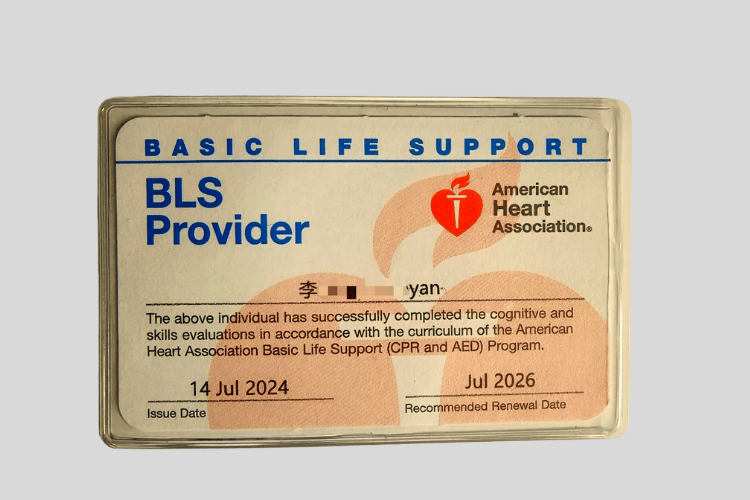
BLS Certification
What is BLS Certification?
BLS certification is a formal acknowledgment that an individual has been trained in foundational emergency response techniques. It includes:
- CPR (Cardiopulmonary Resuscitation): High-quality chest compressions and rescue breaths to maintain circulation and oxygenation.
- AED (Automated External Defibrillator) Use: Operating an AED to restore normal heart rhythm in cases of sudden cardiac arrest.
- Airway Management: Techniques to clear or open airways, such as the head-tilt/chin-lift maneuver. BLS certification is typically valid for two years and is required for various healthcare roles, including nursing, paramedic, and medical assistant positions.
Importance of BLS in Healthcare
BLS certification is essential in healthcare for several reasons:
- Rapid Response: Ensures healthcare providers can act quickly and effectively during emergencies.
- Improved Patient Outcomes: High-quality BLS interventions, such as CPR and AED use, significantly increase survival rates in cardiac arrest cases.
- Professional Requirement: Many healthcare employers mandate BLS certification as a prerequisite for employment or licensure. By equipping professionals with these skills, BLS certification enhances the overall quality of emergency care.
Overview of Red Cross BLS Training
The Red Cross offers a comprehensive BLS training program tailored for healthcare providers and first responders. Key features include:
- Blended Learning Options: A combination of online coursework and in-person skills sessions for flexibility.
- Scenario-Based Training: Hands-on practice in realistic emergency scenarios to build confidence and competence.
- Certification and Renewal: Participants receive a two-year certification upon successful completion, with renewal courses available to maintain skills. The Red Cross program emphasizes teamwork, communication, and adherence to the latest resuscitation guidelines, ensuring participants are well-prepared for real-world emergencies.
Finding Your BLS Certification
Locating your Basic Life Support (BLS) certification is essential for verifying your credentials, meeting professional requirements, or renewing your certification. Many organizations, including the Red Cross, offer tools to help individuals quickly and efficiently access their certification records. This guide explains the BLS certification lookup process, how to use the Red Cross lookup tool, and addresses common issues that may arise during the process.
BLS Certification Lookup Process
The certification lookup process allows individuals to retrieve their BLS credentials online. Key steps include:
- Identify the Certifying Organization: Determine which organization issued your BLS certification, such as the American Heart Association (AHA) or the Red Cross.
- Access the Online Portal: Visit the certifying organization's website and navigate to the certification lookup or verification section.
- Provide Required Information: Enter details such as your name, email address, certification ID, or the date of completion to locate your record.
- Download or Print Certification: Once located, you can download or print your certification card for professional or personal use.
How to Use the Red Cross Lookup Tool?
The Red Cross offers a user-friendly online tool for retrieving BLS certifications. Steps include:
- Visit the Red Cross Website: Navigate to the “Find My Certificate” section.
- Enter Personal Details: Provide your first and last name, along with the email address used during registration.
- Search for Your Record: Submit the information to retrieve your certification.
- Download or Email the Certificate: Once you've found it, you can download a digital copy or have it emailed directly to you.
Common Issues with Certification Lookup
While the process is straightforward, some common issues may arise:
- Incorrect Information: Typos in your name or email address can prevent a successful lookup. Double-check your details before submitting.
- Expired Certification: If your certification has expired, it may no longer appear in the system.
- Technical Errors: Website glitches or server issues can temporarily disrupt access to records. In such cases, contacting the certifying organization's support team can help resolve the issue and ensure you regain access to your credentials.
Getting Certified: Course Information
Basic Life Support (BLS) certification is a vital credential for individuals seeking to develop life-saving skills or meet professional requirements in healthcare and emergency response. With various training courses available, understanding the options, requirements, and how to select the right course is essential for a successful certification process. This guide provides an overview of available BLS training courses, outlines course requirements, and offers tips for choosing the most suitable program.
Available BLS Training Courses
BLS training courses are offered by several recognized organizations, including:
- American Heart Association (AHA): Provides comprehensive BLS courses with a focus on high-quality CPR, AED use, and team-based resuscitation.
- Red Cross: Offers flexible training options, including blended learning (online and in-person) and instructor-led classes.
- Local Training Centers: Many hospitals and community organizations provide BLS certification programs tailored to local needs. Courses typically include theoretical instruction, hands-on practice, and scenario-based training to prepare participants for real-world emergencies.
Course Requirements and Prerequisites
To enroll in a BLS course, participants must meet specific requirements:
- Age Requirement: Most courses are open to individuals aged 16 and above, although some programs may accept participants as young as 16.
- Physical Ability: Participants should be able to perform chest compressions and other physical tasks required during CPR training.
- Pre-Course Preparation: Some programs may require completion of online modules or pre-course assessments before attending in-person sessions. These prerequisites ensure that participants are prepared to engage fully in the training process.
Choosing the Right Course for Individuals
Selecting the right BLS course depends on individual needs and goals:
- Professional Requirements: Healthcare providers should select classes that meet the standards of their employer or licensure requirements, such as AHA or Red Cross certifications.
- Learning Preferences: Consider whether a blended learning format or fully in-person class best suits your schedule and learning style.
- Accreditation: Ensure a recognized organization accredits the course to guarantee the validity of your certification. By evaluating these factors, individuals can select a BLS training course that aligns with their objectives and prepares them to respond effectively in emergencies.
CPR and First Aid Training
CPR and first aid training are essential components of emergency preparedness, equipping individuals with the skills to respond effectively to medical emergencies. While CPR focuses on life-saving techniques for cardiac and respiratory emergencies, first aid training addresses a broader range of injuries and illnesses. This guide provides an overview of CPR certification, highlights the essentials of first aid training, and explains how CPR integrates with Basic Life Support (BLS) training for comprehensive emergency response.
CPR Certification Overview
CPR certification ensures individuals are trained to perform life-saving interventions during cardiac or respiratory emergencies. Key aspects include:
- Chest Compressions: High-quality compressions to maintain blood flow to vital organs.
- Rescue Breaths: Delivering oxygen to the lungs when normal breathing is absent.
- AED Use: Operating an automated external defibrillator to restore a normal heart rhythm. CPR certification is often a prerequisite for healthcare roles and is valid for two years, requiring periodic renewal to stay updated with the latest guidelines.
First Aid Training Essentials
First aid training covers a wide range of skills to manage non-life-threatening and critical injuries. Core topics include:
- Wound Care: Cleaning, dressing, and managing bleeding injuries.
- Fractures and Sprains: Immobilizing and supporting injured limbs.
- Burns and Heat-Related Illnesses: Providing immediate care to prevent further damage.
- Choking Relief: Techniques to clear airway obstructions. First aid training is valuable for both healthcare professionals and lay responders, ensuring preparedness for various emergencies.
Integrating CPR with BLS Training
BLS training incorporates CPR as a foundational skill, enhancing its application in team-based and advanced scenarios. Key integrations include:
- Team Dynamics: Coordinating CPR efforts with other responders for maximum efficiency.
- Scenario-Based Practice: Applying CPR techniques in simulated emergencies alongside airway management and AED use.
- Comprehensive Care: Combining CPR with first aid and other BLS components to address a wide range of medical emergencies. By integrating CPR with BLS training, individuals gain a comprehensive understanding of emergency response, which improves outcomes in critical situations.
Maintaining Your Certification
Maintaining your Basic Life Support (BLS) certification is essential for ensuring that your life-saving skills remain current and effective. Certification renewal not only keeps you compliant with professional requirements but also ensures you are up to date with the latest guidelines and techniques. This guide outlines the BLS certification renewal process, highlights the importance of staying updated with training, and explains employer requirements for maintaining certification.
BLS Certification Renewal Process
Renewing your BLS certification is a straightforward process designed to refresh your knowledge and skills. Key steps include:
- Enroll in a Renewal Course: Sign up for a BLS renewal class offered by accredited organizations such as the American Heart Association (AHA) or Red Cross.
- Complete Refresher Training: Participate in hands-on practice sessions to reinforce CPR, AED use, and airway management techniques.
- Pass the Skills Assessment: Demonstrate proficiency in BLS skills during a supervised evaluation.
- Receive Updated Certification: Upon successful completion, you will receive a new certification card, typically valid for two years.
Staying Updated with Training
Regular training updates are crucial for maintaining competency in life-saving techniques. Benefits include:
- Adapting to New Guidelines: BLS protocols are periodically updated based on the latest research, making ongoing training essential.
- Improving Confidence: Refresher courses help reinforce skills, ensuring you can respond effectively in emergencies.
- Expanding Knowledge: Renewal courses often include new scenarios and advanced techniques to enhance your preparedness.
Employer Requirements for Certification
Many employers, particularly in the healthcare industry, require employees to maintain active Basic Life Support (BLS) certification. Common requirements include:
- Proof of Certification: Employers may request a valid certification card as part of the hiring or credentialing process.
- Timely Renewal: Some organizations mandate renewal before the certification expires to ensure uninterrupted compliance.
- On-Site Training: Employers may provide in-house renewal courses to streamline the process for staff. By staying proactive with certification renewal and training, individuals can meet employer expectations and remain prepared to save lives in critical situations.
Frequently Asked Questions
What is BLS certification and why is it essential?
BLS certification, or Basic Life Support certification, is a credential that validates an individual's ability to perform CPR, use an AED, and respond effectively in emergencies. It is essential for healthcare professionals and emergency responders as it ensures they possess the up-to-date knowledge and skills to handle life-threatening situations.
How can I perform a BLS certification lookup?
You can perform a BLS certification lookup by visiting the official website of the American Heart Association or other reputable organizations that provide certification verification services. You will typically need the individual's name or ecard code to complete the search.
What does the BLS certification e-card include?
The BLS certification e-card includes essential information, such as the name of the certified individual, their certification date, expiration date, and a unique e-card code. This ecard serves as proof of certification and can be used for verification purposes.
What are the latest guidelines for BLS training?
The American Heart Association establishes the latest guidelines for BLS training and includes updated protocols for performing CPR, using an AED, and managing choking emergencies. These guidelines are regularly reviewed and revised to ensure the best practices in life support training.
How can I get BLS certified?
To get BLS certified, you need to enroll in a BLS course offered by an accredited training center. These courses include hands-on practice and cover essential topics such as CPR, airway management, and the use of an automated external defibrillator (AED).
Can laypersons take BLS courses?
Yes, laypersons can take BLS courses. These courses are designed for individuals who want to enhance their knowledge and skills in basic life support, enabling them to perform CPR and respond effectively in emergencies.
What should I do if my BLS certification has expired?
If your BLS certification has expired, you should sign up for a renewal course at a reputable training center. It's essential to refresh your skills and knowledge to ensure you are up-to-date with the latest guidelines and practices in life support training.
How does BLS training benefit healthcare professionals?
BLS training benefits healthcare professionals by equipping them with the necessary skills to perform life-saving techniques such as CPR and the use of an AED. This training enhances their ability to respond to emergencies and provides a solid foundation for advanced life support training.
What is the importance of hands-on practice in BLS courses?
Hands-on practice is crucial in BLS courses as it allows participants to apply theoretical knowledge in realistic scenarios. This practice helps build confidence and ensures that individuals can perform skills effectively when needed in real-life emergencies.
The Bottom Line
Red Cross BLS and CPR certifications are more than just credentials—they're proof that you're equipped to save lives. Whether you're a healthcare worker, teacher, or concerned citizen, keeping your certification current ensures you can respond confidently in an emergency.
By understanding how to verify and maintain your certification, you're not just meeting a requirement—you're committing to being a vital link in the chain of survival. Stay prepared, stay certified, and make a difference when it matters most.
For the latest training options and certification renewal, visit the American Red Cross official website or contact a local training center today.



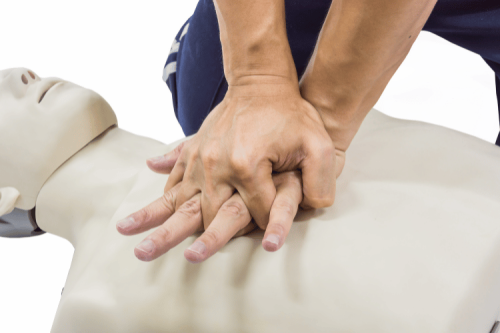

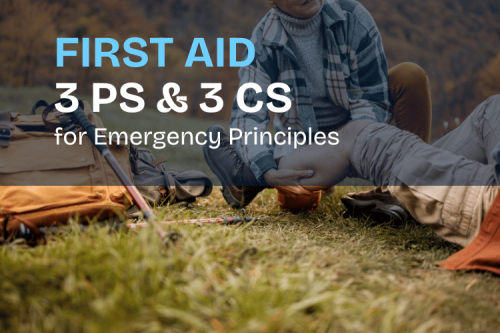
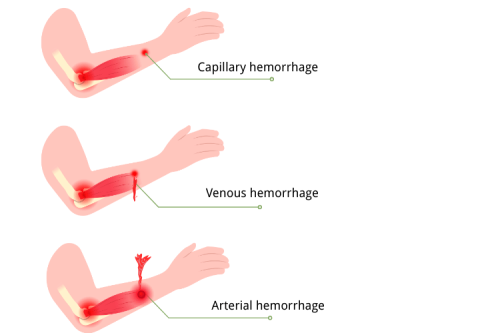
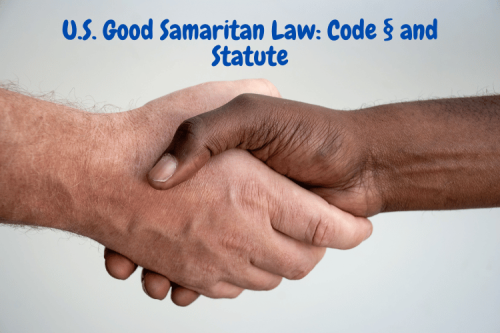
 Login with Google
Login with Google Login with Facebook
Login with Facebook